#734 Destination Danish colony
San Josef
by Harold Macy
New Westminster: Tidewater Press, 2019
$20.00 / 9781775165989
Reviewed by Valerie Green
*
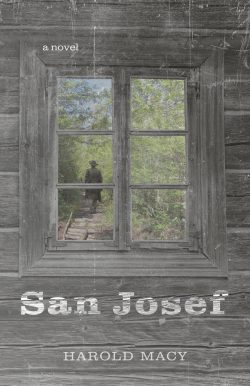 Although I have lived on Vancouver Island for over forty years, I have never travelled farther north than Port Hardy. All I knew of San Josef and Cape Scott at the northern tip of the island was from historical research into the early Danish settlement there, and from my husband and son’s description when they hiked there a few years ago in what is today known as Cape Scott Provincial Park.
Although I have lived on Vancouver Island for over forty years, I have never travelled farther north than Port Hardy. All I knew of San Josef and Cape Scott at the northern tip of the island was from historical research into the early Danish settlement there, and from my husband and son’s description when they hiked there a few years ago in what is today known as Cape Scott Provincial Park.
Reading Harold Macy’s book San Josef was a remarkable education for me. His book places the reader into life as it must have been lived in that remote area in 1898. With the use of resilient and colourful characters plus a compelling descriptive text, Macy’s novel takes the reader into a completely different world. The book holds your attention from the beginning — as every good story should.
From the opening paragraph, the author grabs the reader’s interest by resolutely placing you in the location with his words “the conflict (between) the might of the Pacific against the sodden runoff from the forested hills and swamps of this north end of Vancouver Island.”
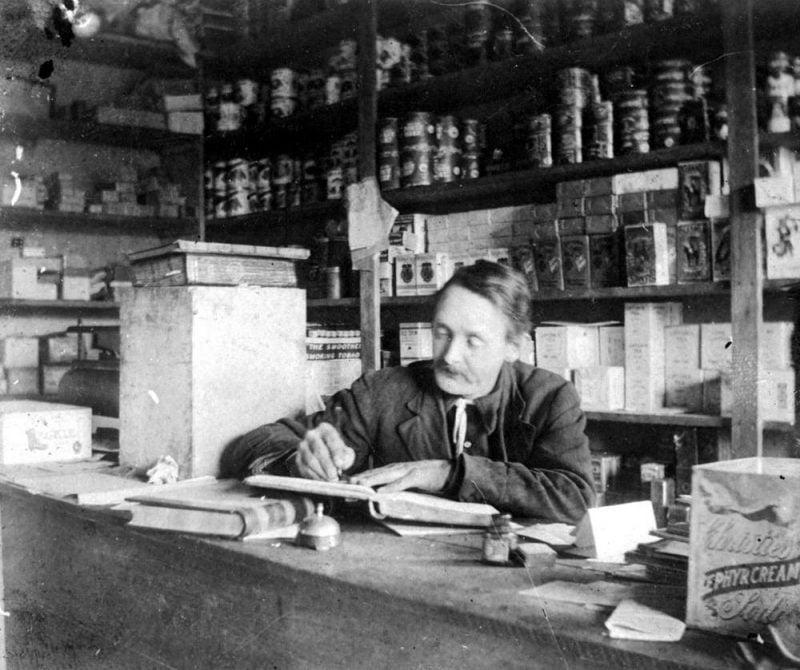
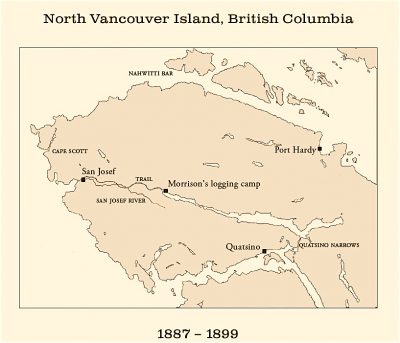 We are immediately introduced to Clayton Munroe, an old drifter from the south who came to San Josef looking for refuge. Hunched over in a battered rowboat, Munroe is making his way upriver to the store. He hates and fears the water and would be far happier on land riding a horse.
We are immediately introduced to Clayton Munroe, an old drifter from the south who came to San Josef looking for refuge. Hunched over in a battered rowboat, Munroe is making his way upriver to the store. He hates and fears the water and would be far happier on land riding a horse.
More characters are introduced as the story unfolds — members of the Danish community who have settled in the area, such as storekeepers, Anika and Rolf Frederickson, and their son Tomas (who are based on real-life members of the Danish community at Cape Scott such as Henry Olsen and family). The sign above the Fredericksons’ store reads Anika and Rolf Frederickson Proprietors, Est. 1892. Having a woman’s name up on a sign didn’t seem quite right to Monroe “unless it was a boarding house or brothel.”
But why had Monroe come to this struggling colony on Vancouver Island? We soon learn he is running away from his past and the demons that have haunted him through the years. For three decades these terrors have chased him — some real and some imaginary. He now wants to settle in a place far from everything where he can stop running and find peace in his last years. Will that be possible?
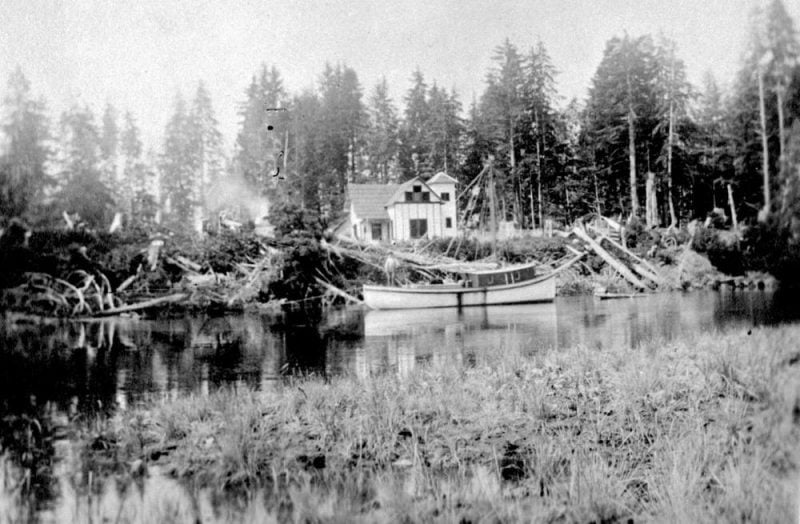
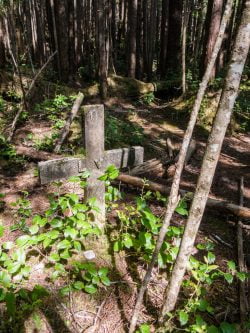
He soon forms an unconventional friendship with the Fredericksons and especially with Tomas who helps him acclimatize to the strange and unfamiliar environment. The reader is still left to wonder if he can adjust to this new life and find serenity.
The colony, however, is failing fast by the year 1898, and members of it who were so enthusiastic at the beginning soon begin to leave for greener pastures. They can hardly be blamed because the weather is brutal and the land is hard to cultivate and make a living off. The government had promised help by way of building roads into the backwoods, but that help has not been forthcoming.
In back story, we learn of Anika and Rolf’s life, which explains the reasons why they left Denmark and especially why Anika wanted to find a new place to live for her family. The story also backtracks to Monroe’s gun-toting, murderous past as he travelled across the Civil War battlefields of Virginia and the plains of Kansas. Eventually he arrived in Seattle, the gold rush gateway to the Yukon. From there he finds himself in Victoria, and before long buys himself a ticket to San Josef, having no idea where the place except that it is far off the beaten track.

If I have any criticism of San Josef at all, it would be that sometimes this backtracking is confusing, taking us away from real time and out of the flow of the story. However, it is a minor reproach.
The story picks up the excitement when we learn that someone has indeed been tracking Monroe for years and is finally getting closer. What happens when his adversary finally catches up with his prey in San Josef will shatter the calm and safety of the community, bringing challenges to Anika’s family and the whole Danish colony.
I particularly enjoyed the Epilogue that takes place in May of 1907 and brings Tomas Frederickson back to San Josef to visit his mother who still lives there. Their final conversation ties all the loose ends up neatly.
Macy based this story on a legend reported in 1907 in the Victoria Colonist. He made it his own story with names, places, and dates changed. He has done his research well. Although San Josef is his first novel I hope it will not be his last. As a forester, now based in the Comox Valley, Harold Macy knows and understands the woods and has turned his expertise into a very readable novel.
San Josef follows Macy’s non-fiction book, The Four Storey Forest (Courtenay: Poplar Publishing, 2011). From Tidewater Press, a new publisher in New Westminster, San Josef is well worth reading.

*

Valerie Green was born and educated in England where she studied journalism and law. Her passion was always writing from the moment she first held a pen in her hand. After working at the world-famous Foyles Book Store on Charing Cross Road, London, followed by a brief stint with M15 and legal firms, she moved to Canada in 1968, where she married and raised a family, while embarking on a long career as a freelance writer, columnist and author of over twenty non-fiction historical and true-crime books including Above Stairs, Upstarts and Outcasts, If these Walls Could Talk, Vanished: The Michael Dunahee Story, and Dunmora: The Story of a Heritage Manor House on Vancouver Island (Hancock House, 2017, reviewed in Ormsby #434 by Patrick Dunae). She is currently working on her debut novel Providence, which will be published soon as the first of The McBride Chronicles, an historical four-generational family saga bringing early BC history alive. Now semi-retired (although writers never really retire!) she enjoys taking short road trips around the province with her husband, watching their two beloved grandsons grow up and, of course, writing.
*
The Ormsby Review. More Books. More Reviews. More Often.
Publisher and Editor: Richard Mackie
The Ormsby Review is a journal service for serious coverage of B.C. books and authors, hosted by Simon Fraser University. The Advisory Board consists of Jean Barman, Robin Fisher, Cole Harris, Wade Davis, Hugh Johnston, Patricia Roy, David Stouck, and Graeme Wynn. Scholarly Patron: SFU Graduate Liberal Studies. Honorary Patron: Yosef Wosk. Provincial Government Patron since September 2018: Creative BC
“Only connect.” – E.M. Forster
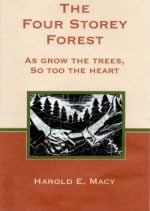

Comments are closed.